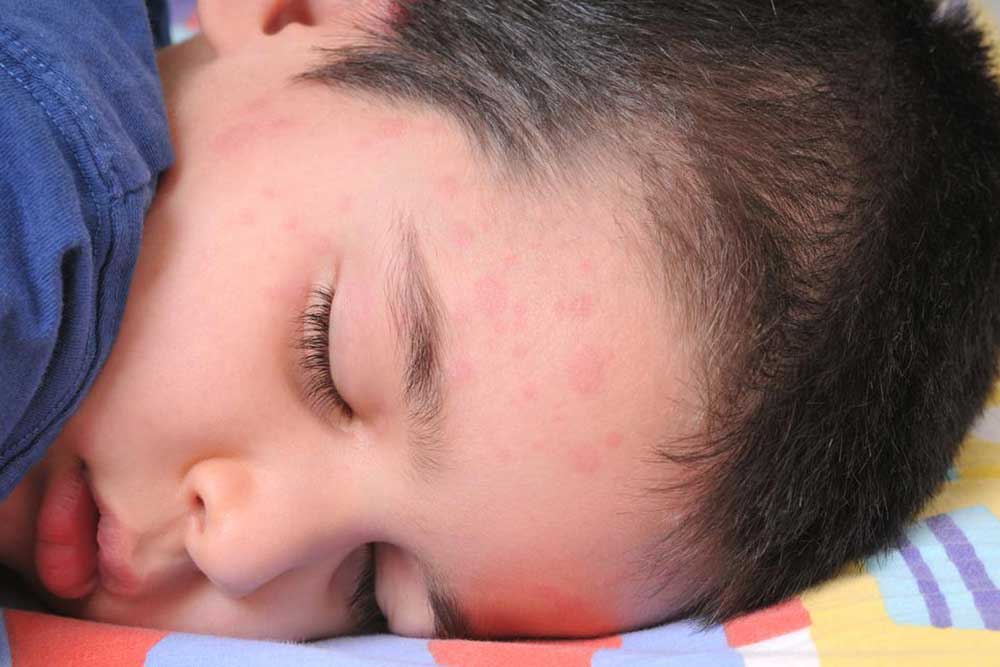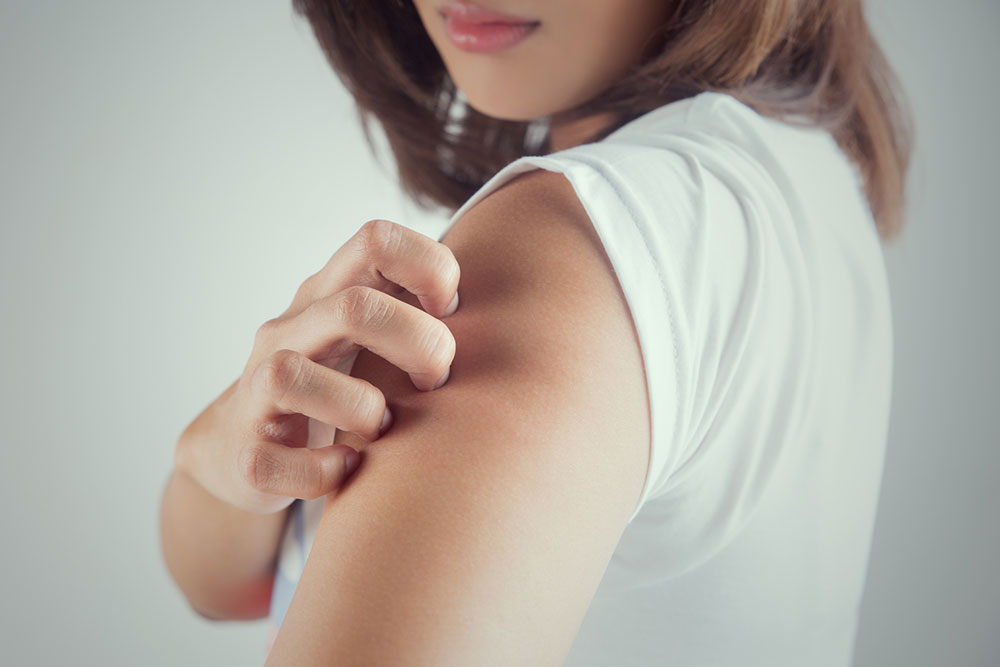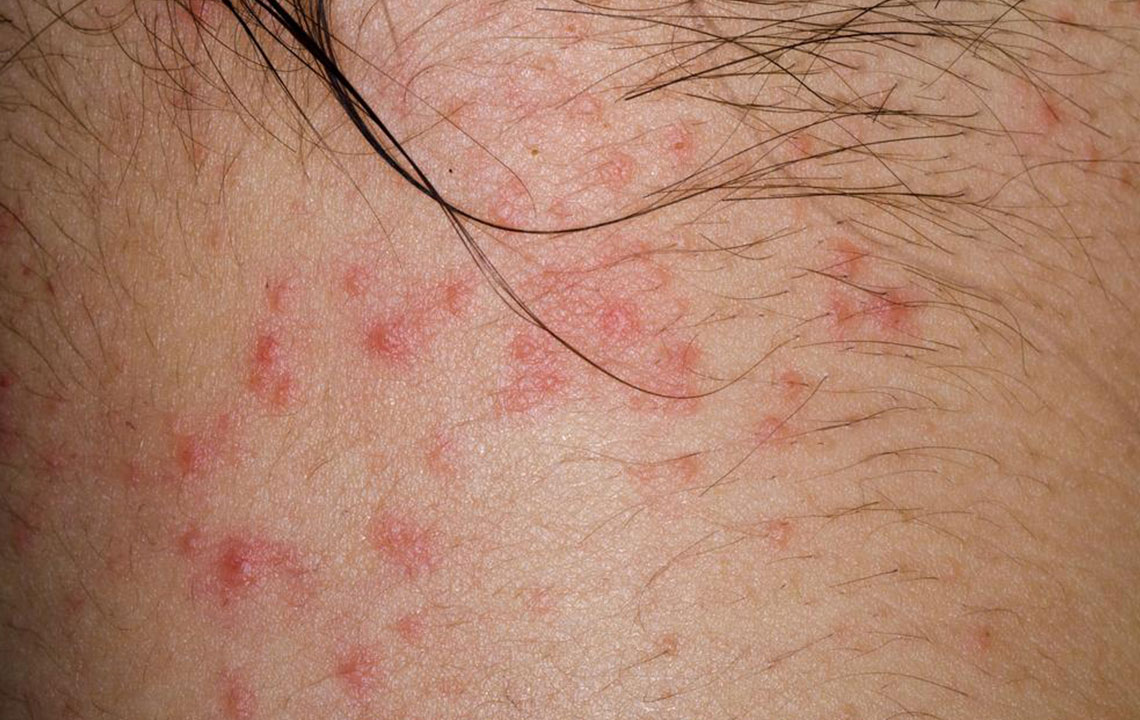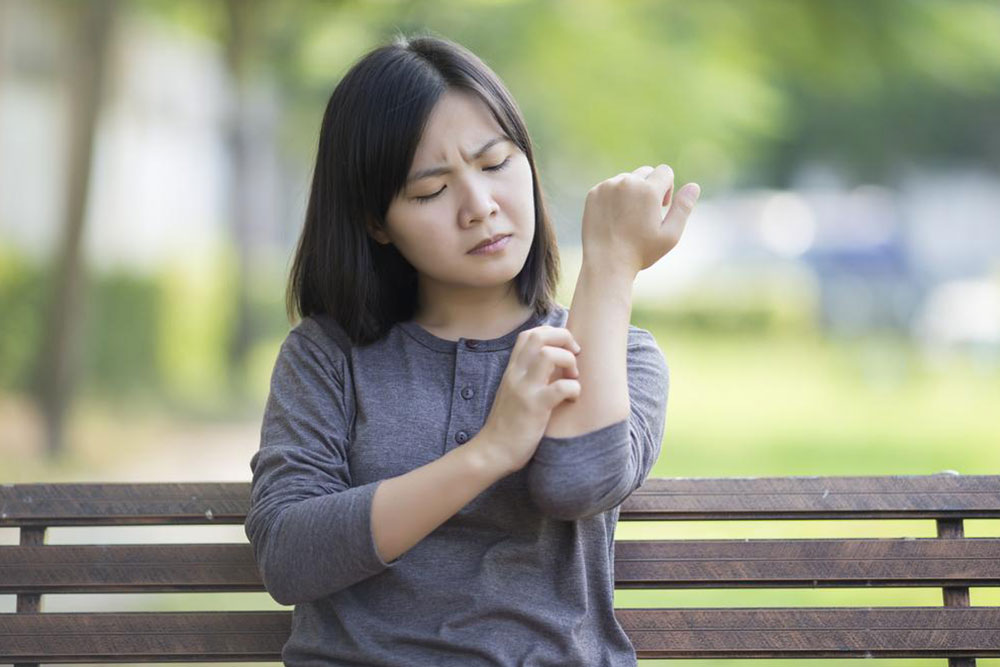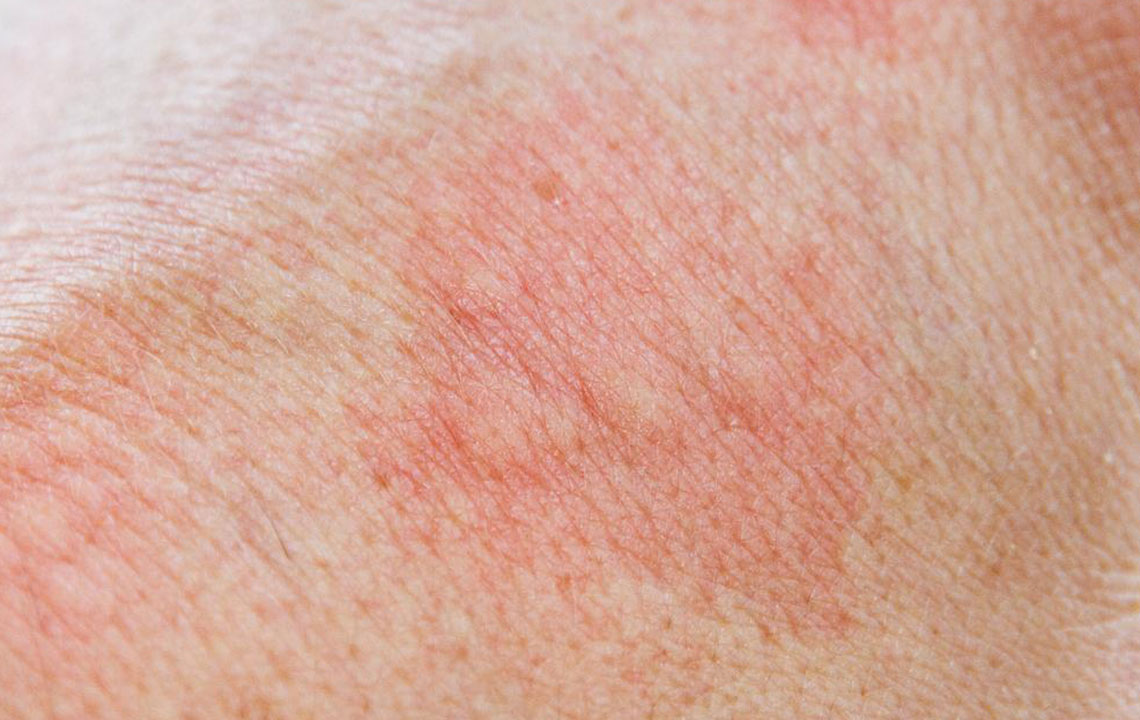Understanding Skin Rashes: Types, Symptoms, and Treatments
Discover comprehensive insights into skin rashes, including their types, symptoms, causes, and treatments. Learn how to identify various skin reactions like hives, ringworm, psoriasis, and eczema, along with tips to manage and seek appropriate medical care for effective relief. This guide helps in understanding skin conditions and when to consult a dermatologist for persistent issues.
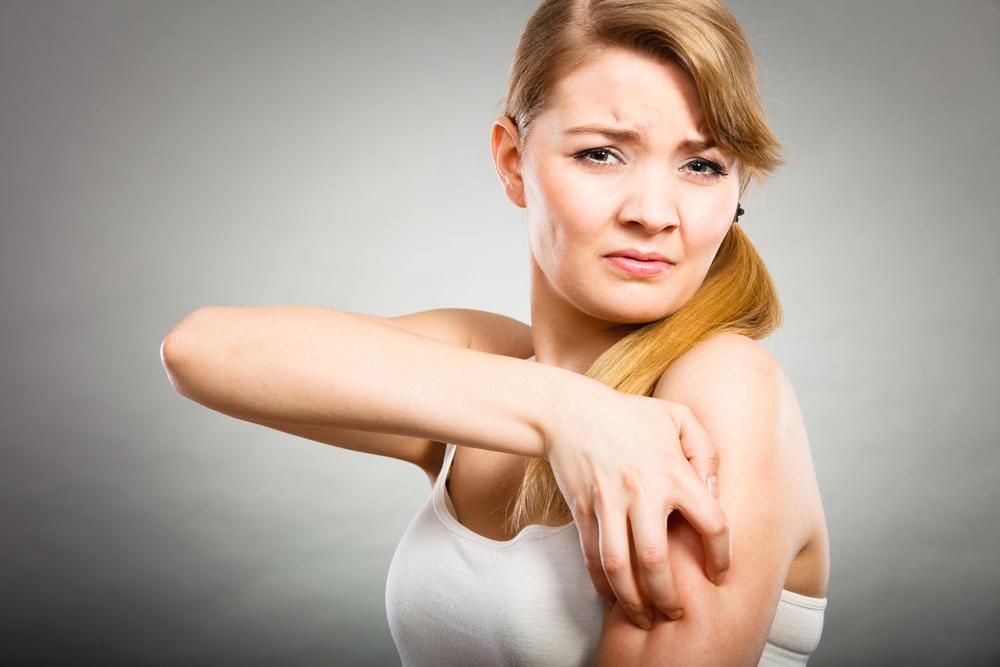
Understanding Skin Rashes: Types, Symptoms, and Treatments
Many individuals experience discomfort from itchy and irritated skin, often due to rashes or dermatitis. These symptoms can sometimes signal underlying health issues such as liver or kidney problems. Accurate diagnosis is essential for effective treatment and relief. The immune system reacts to infections or illnesses, resulting in various skin reactions. Rashes can appear as red, painful patches, blisters, or raw skin areas, as illustrated in numerous skin rash images.
The common signs of skin inflammation include itchy, flaky, and rough skin all over the body. Darker skin tones might show ashy or grayish rashes. Dryness can cause cracking and bleeding, often affecting lips and other areas. Proper care and consultation with a dermatologist can prevent infections caused by untreated dry skin.
Key symptoms of skin issues include:
Pruritus accompanied by flaky, scaly skin
Intense itching sensation
Grayish rash appearance on darker skin tones
Cracks that bleed due to dryness
Chapped lips from dry skin
Causes of skin infections
Maintaining skin moisture is vital; cracks created by dryness can allow germs entry, leading to infections such as soreness and redness that often mark skin rashes.
If dry skin persists, consulting a dermatologist is advised. They might recommend moisturizers or specific treatments to soothe and heal the skin.
Different types of itchy skin rashes include:
Various allergic reactions cause distinct skin rashes, requiring tailored treatments. For example, antifungal creams, antihistamines, or topical steroids may be prescribed.
Common itchy rashes include atopic dermatitis, poison oak, psoriasis, dermatitis herpetiformis, ringworm, folliculitis, and urticaria.
What is urticaria?
Urticaria, or hives, appear as red, raised, itchy bumps which may vary in shape and size. These are caused by histamine release in the skin and usually resolve with antihistamines like Claritin, Allegra, or Zyrtec.
Understanding folliculitis
Folliculitis presents as small pimples around hair follicles, common in shaved areas of the face or legs. It can be managed with antibiotics and antibacterial soaps containing chlorhexidine or triclosan.
What is ringworm?
Ringworm (tinea corporis) manifests as a flat, ring-shaped rash with scaling borders. It’s a fungal infection treatable with over-the-counter antifungals like clotrimazole.
Dermatitis herpetiformis
This condition causes tiny blisters on joints, lower back, and scalp, often linked to gluten sensitivity. Treatment includes dapsone and a gluten-free diet.
Understanding psoriasis
Psoriasis shows as thick, silvery scales typically on joints and the scalp, resulting from abnormal skin cell growth.
Poison oak reactions
Poison oak allergically causes linear clusters of blisters and vesicles upon contact, resembling severe eczema.
Atopic dermatitis (eczema)
This chronic skin condition varies, with dry, flaky patches in acute stages and thickened, leathery skin in long-term cases, as seen in skin rash images.

